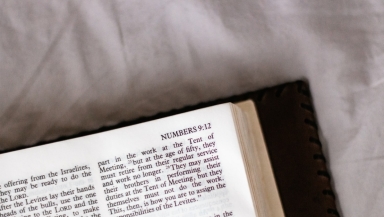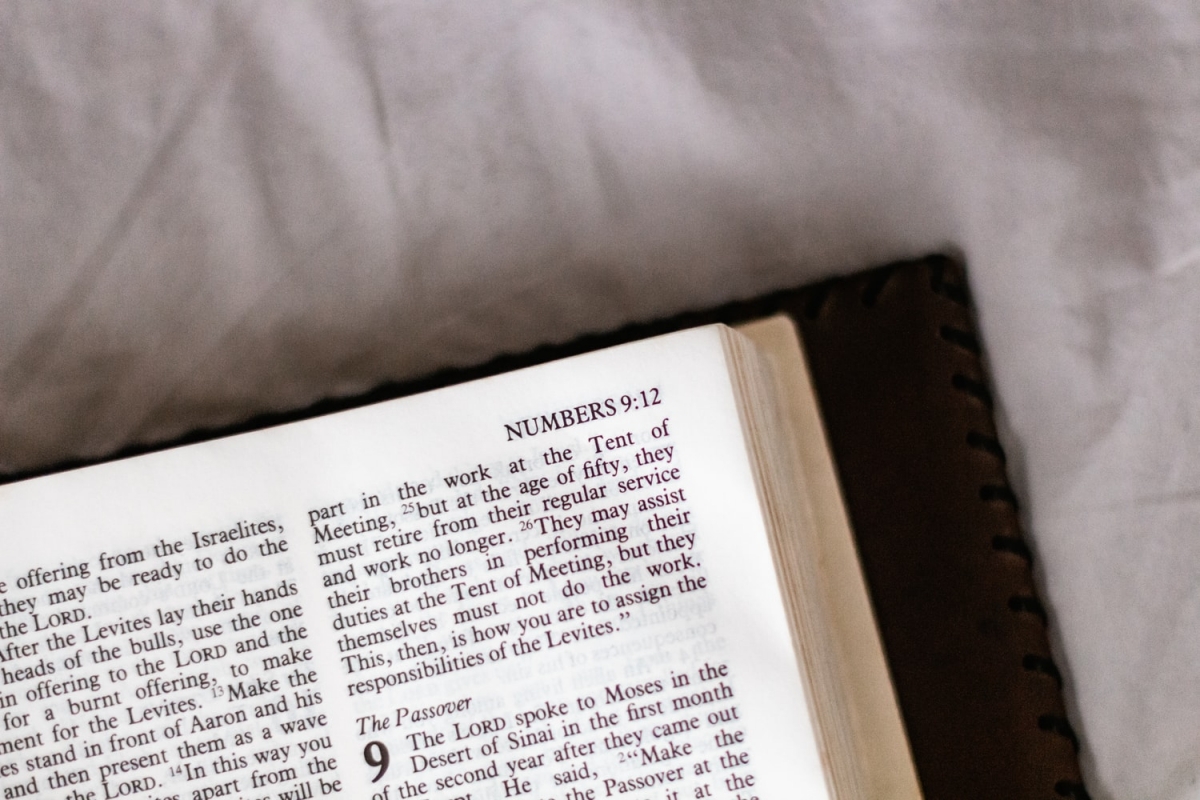Exploring Leadership and Destiny: Insights from the Torah

Reflections on Numbers, leadership, and destiny by Hebrew scholar and Jewish academic Irene Lancaster.
The upcoming Torah portion offers profound insights into leadership and destiny through the narratives of Miriam and Aaron’s deaths. Parshat Chukkat (Numbers 19:1-22:1) highlights the significant events surrounding these moments and their broader implications.
Miriam’s death in Numbers 20:1, which occurs in the spring month of Nissan, is directly followed by a crisis: the absence of water, as stated, ‘there was no water’ (v 2). The esteemed French commentator Rashi, referencing Talmud Taanit 9a, explains that a miraculous well had sustained the Israelites during their travels. With Miriam’s passing, this source ceased, leading to turmoil.
Miriam’s name itself, meaning ‘water’ and ‘bitter’ or ‘contentious,’ symbolizes her dual influence as a life-giver and a symbol of strife. These themes resonate in her life, from saving Moses to leading the Song of the Sea.
The term edah in ‘There was no water for the edah‘ signifies a collective witness or testimony, indicating the people’s united desperation for water. In response, Moses is instructed by G-d to ‘speak to the rock’ to bring forth water (v 8). However, Moses and Aaron’s disobedience by striking the rock results in G-d’s decree that they will not lead the people into the Promised Land (v 12).
The word kahal, often synonymous with edah, emphasizes community over unity, suggesting a shift in the Israelites’ identity as they approach the Promised Land. Here, the division of needs and aspirations becomes evident, highlighted by the ‘waters of strife’ or Meribah (v 13), echoing Miriam’s dual nature.
In examining Jewish cultural identity, contention is seen as a positive force when channeled into learning and debate. The Jewish tradition values active engagement over passive peace.
As the Israelites prepare to enter the Promised Land, they face opposition from Edom, a reminder of long-standing tensions with Esau’s descendants. Historically, Edom’s territory aligns with modern southern Jordan and Israel. Notably, a peace treaty between Israel and Jordan was signed on October 26, 1994, in Wadi Arabah, a former Edomite area.
Chief Rabbi Shear Yashuv Cohen, who spoke at the treaty signing, emphasized, ‘the Jewish people’s trust is not in peace treaties or in flesh-and-blood leaders, but only in the Holy One, Blessed be He.’ (Rabbi Shear Yashuv Cohen: Between War and Peace, pg 269).
The narrative continues with Aaron’s death at 123 on Mount Hor, where his son Elazar succeeds him as High Priest. The term asaph, meaning ‘gathered in,’ is used to describe Aaron’s passing, suggesting a reunion with ancestors, a belief in life after death shared by the Jewish tradition.
Rabbi David Zvi Hoffmann notes, ‘among the people of Israel there always existed a belief in life after death,’ viewing death as a reunion in the World of Truth. The concept of asaph aligns with a belief in spiritual continuity and divine connection.
Historically, Jewish beliefs were often subdued due to external pressures, but in the modern State of Israel, there’s freedom to embrace these integral ideas. The Torah reading underscores the imperfect yet impactful leadership of Miriam, Aaron, and Moses, reminding us of the challenges and responsibilities of leadership.
As Alistair Heath recently remarked, ‘Maybe the Jews are not a people … but a testimony … Israel’s survival isn’t just impressive, but divine … G-d keeps His promises and He’s keeping them still.’
In Numbers 1:20, the narrative of the Israelites reflects their ability to unite and persevere, shaping their destiny with divine guidance.
This article was originally written by www.christiantoday.com







Be First to Comment